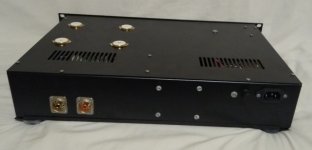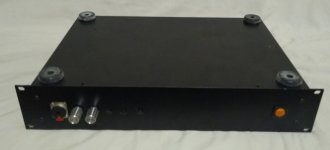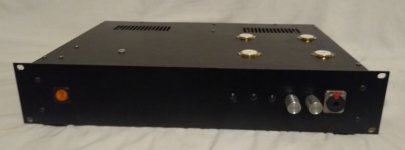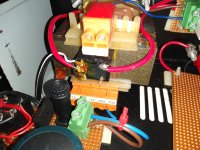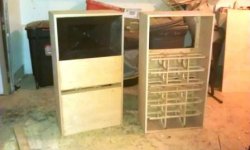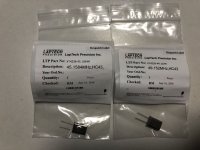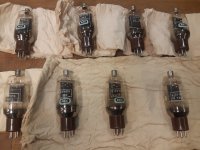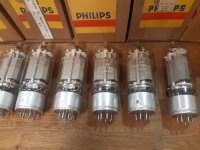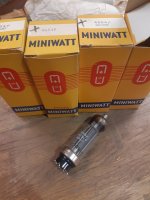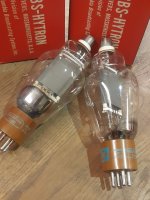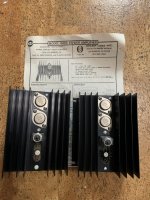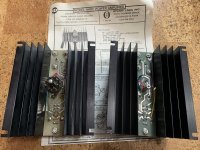Anthropomorphous Center Channel
- By bradleypnw
- Multi-Way
- 3 Replies
I attempted to make a center channel to follow the horizontal and vertical directivity pattern of a human speaker discussed in Analyzing the Directivity Patterns of Human Speakers by Christoph Porschmann and Johannes Arend.
If I understand the paper correctly, human vocals narrow horizontally as frequency increases but the vertical directivity is forward and down as shown in the image.
I tried to recreate the pattern by placing a head sized speaker above a TV screen which behaves like shoulders and a chest. The silver speaker (Aurasound NSW2-326-8AT 2" Full Range) is 5 feet 6 inches from the floor, same height as the mouth of a standing six foot tall person. The baffle is 6 inches wide by 11 inches tall, which is the same proportion as the head and neck above the shoulders. I placed it at that height assuming I'd get the same floor bounce as a 6 foot tall person standing in the room. The silver speaker is angled down toward the listener seats so it doesn't go above their heads as the higher frequency pattern narrows -- i.e. a six foot tall person angling their head down to talk to a person in a chair, which is what we do naturally. I also gave it a "chin" by placing the surface of the speaker 2 inches past the TV screen surface.
The baffle surface is flat, obviously different from the shape of a face. Researchers do use fully human shaped speakers when they research human speech directivity.
The low-mid portion (150Hz to 1k) is an open baffle 6" driver with an active assist from a 3" driver (Aurasound NS3-193-8A1). The 2" silver speaker is 1k to 20k that starts narrowing above 3k. At present, I run the 3" active cancellation from 150Hz to 3K. I cross between the 6" and the 2" at 1k. I think this reduces the ceiling bounce, which is probably ok.
I added a separate speaker below the screen to help pull the apparent source down into the TV screen and help the vertical polar pattern. I had to delay and attenuate it to make it sound right but I haven't decided if it's worth it. The goal isn't to get the apparent source into the screen, the goal is to approximate a human voice in the room.
If I understand the paper correctly, human vocals narrow horizontally as frequency increases but the vertical directivity is forward and down as shown in the image.
I tried to recreate the pattern by placing a head sized speaker above a TV screen which behaves like shoulders and a chest. The silver speaker (Aurasound NSW2-326-8AT 2" Full Range) is 5 feet 6 inches from the floor, same height as the mouth of a standing six foot tall person. The baffle is 6 inches wide by 11 inches tall, which is the same proportion as the head and neck above the shoulders. I placed it at that height assuming I'd get the same floor bounce as a 6 foot tall person standing in the room. The silver speaker is angled down toward the listener seats so it doesn't go above their heads as the higher frequency pattern narrows -- i.e. a six foot tall person angling their head down to talk to a person in a chair, which is what we do naturally. I also gave it a "chin" by placing the surface of the speaker 2 inches past the TV screen surface.
The baffle surface is flat, obviously different from the shape of a face. Researchers do use fully human shaped speakers when they research human speech directivity.
The low-mid portion (150Hz to 1k) is an open baffle 6" driver with an active assist from a 3" driver (Aurasound NS3-193-8A1). The 2" silver speaker is 1k to 20k that starts narrowing above 3k. At present, I run the 3" active cancellation from 150Hz to 3K. I cross between the 6" and the 2" at 1k. I think this reduces the ceiling bounce, which is probably ok.
I added a separate speaker below the screen to help pull the apparent source down into the TV screen and help the vertical polar pattern. I had to delay and attenuate it to make it sound right but I haven't decided if it's worth it. The goal isn't to get the apparent source into the screen, the goal is to approximate a human voice in the room.

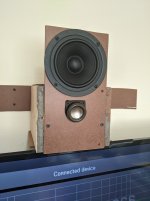

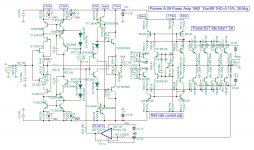
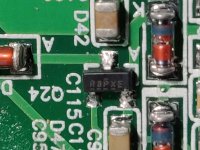
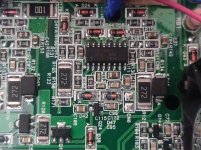
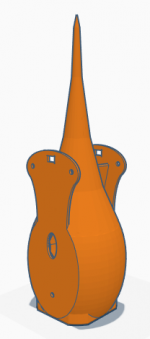
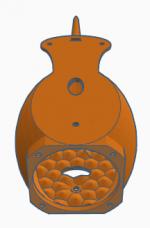
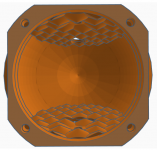
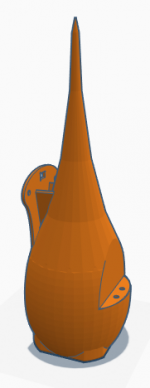
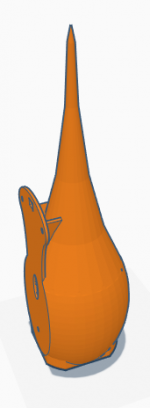
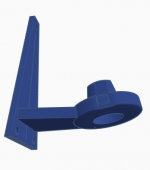
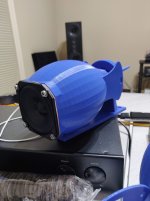
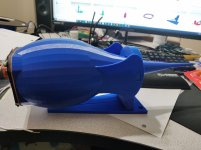
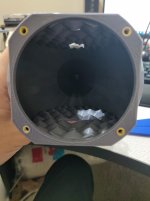
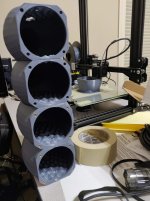
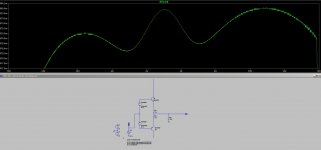
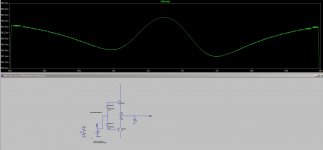

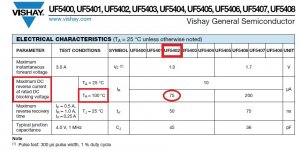
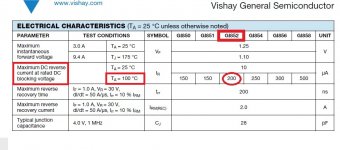
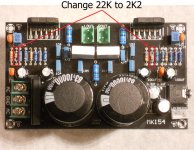
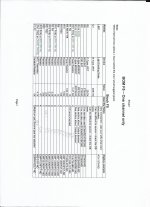
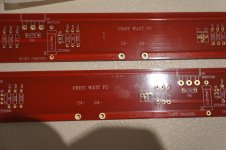
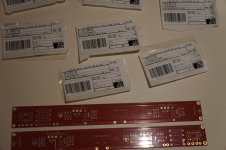
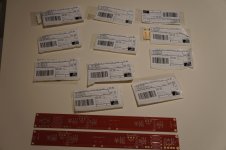
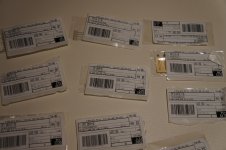




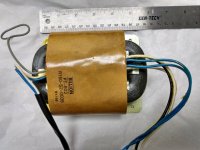
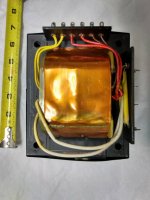
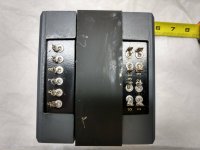
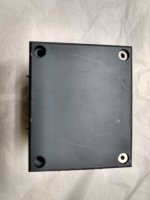


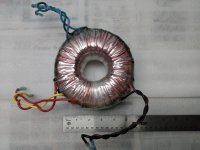
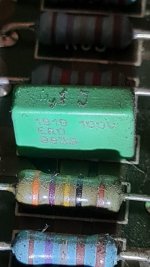
 gotta try the violin
gotta try the violin